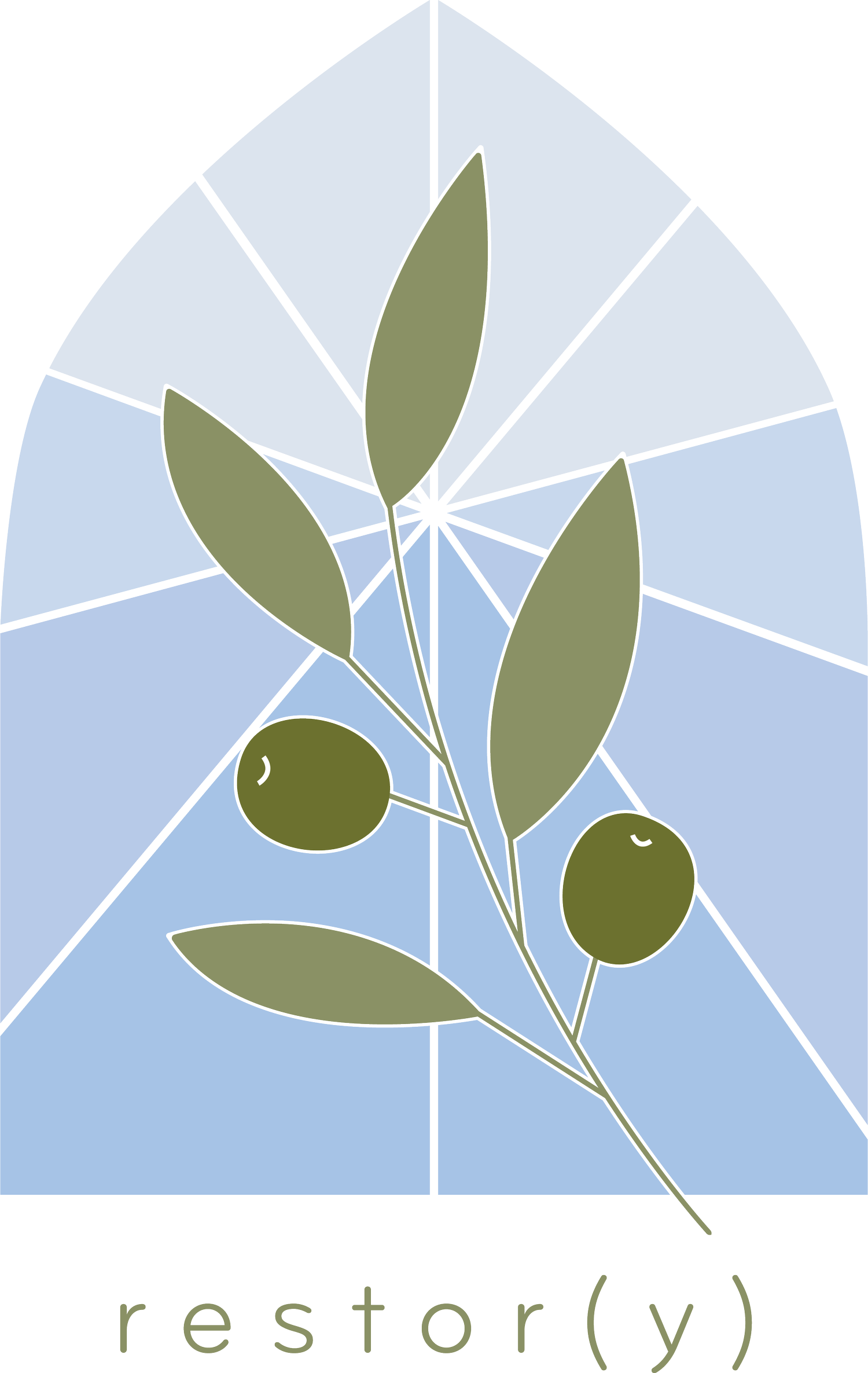Trauma from Within
Trauma can often come to church, carried by those who have been harmed elsewhere, living on in the memories and bodies of the individuals that fill the pews. For those of us who carry trauma from experiences outside of the church, her songs, sacraments, images, and stories serve as a balm of healing to our wounds. However, for some, trauma did not come to the church, but rather from it. Abuse occurring within the walls of the church has “blurred the sacred and the profane” (S.T. Smith). For those who carry the immense burden of religious trauma, the rituals of the church often reverberate suffering through their bones. They join the prophet who is calling out, “Is there no balm in Gilead?” The songs, stories, images and sacraments that were designed to lead them to healing instead remind them of the suffering they incurred within their faith community. As pastors, church leaders, and others who wish to care well for those who are hurting, how do we respond to such pain and suffering? What do we do when trauma didn’t come to the church, but came from it? Today I want to offer us three simple ways to come alongside those who have been wounded by the community designed to heal.
Recognize the Gravity of Religious Trauma: It’s time to stop minimizing the pain caused by suffering experienced within the church. It’s time to let go of our compulsions to defend the church at all costs. We must move beyond phrases such as “the church didn’t hurt you, people did.” Instead, we need to recognize that when suffering occurs within the church it causes deep pain that shatters a person’s relationship with their faith community, and in turn, with God. Their view of God often becomes distorted. Their understanding of the entire Christian story as they know it is turned upside down, and it is difficult to see a way through. There is much to be said about the depth of suffering caused particularly by spiritual abuse and other forms of abuse inflicted by clergy, but for now, simply know, religious trauma is real. Church hurt is rarely simply a scraped knee, but often a gushing, multi-layered wound in need of deep care. Do not minimize the stories of those who have suffered in the church. Learn from them. Listen to them. Defend and protect them. In doing so, you will protect the church from even greater harm.
Meet People Where They Are (Even If It’s Not in the Church): As mentioned, for many who have experienced harm within the church, the simple rhythms of a corporate worship gathering can trigger immense amounts of pain to flood their bodies. I will spare you the psychological and biological lesson of how and why this happens, but it is important you recognize that when caring for those who have experienced suffering within the church, the best thing you can do is meet them where they are, outside of the church. Let go of your preconceived notions of the ways in which God will restore and heal. Open yourself to the leading of the Holy Spirit to provide you with new tools of healing. Join El Roi, the God who sees, named such by a trauma survivor Hagar who met God not in the temple but in the wilderness. Make your way to the wilderness and ask the Lord to teach you how to see people as he does.
Align your heart with God’s: God’s heart is for the restoration of his people. Scripture is full of promises of restoration and healing. Take a moment to read through and pray through Jeremiah 23:1-4. Allow the imagery of God drawing together those who have been scattered by abusive shepherds to awaken your imagination of what that could look like today. How could you be part of the gathering work God isseeking to do in his church?
To close, I want to offer you a breath prayer to use as you continue to seek to shepherd the hurting well:
Breathe In: God who sees
Breathe Out: Let me see
